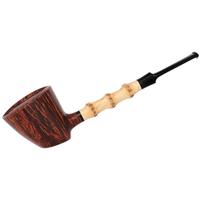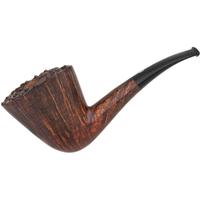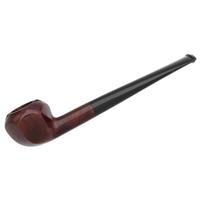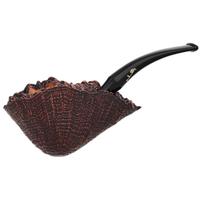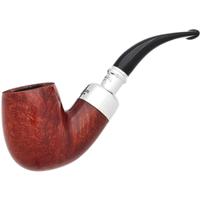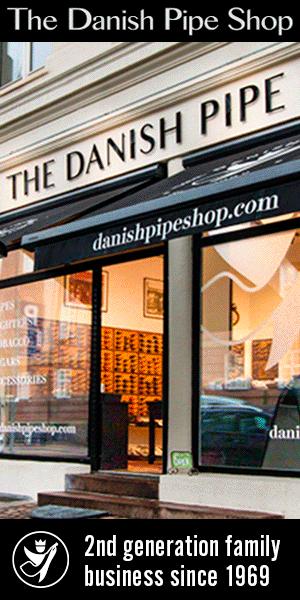At the manufacturing or processing level, I am not sure that anything is proprietary. You can look up the process of fire curing, flu curing, color curing, just about any of them. And, I really doubt that any of these blenders are actually doing any of this level of processing... sure blenders may be making a cavendish, and sauces may be proprietary, but the process is fairly transparent in the industry.and then there is the whole idea of proprietary recipes.
I think that McClellands may have had some hand in the processing at this level. As they were working directly with specific farmers to access the exact leaf they needed for their blends. But, I am not sure.



